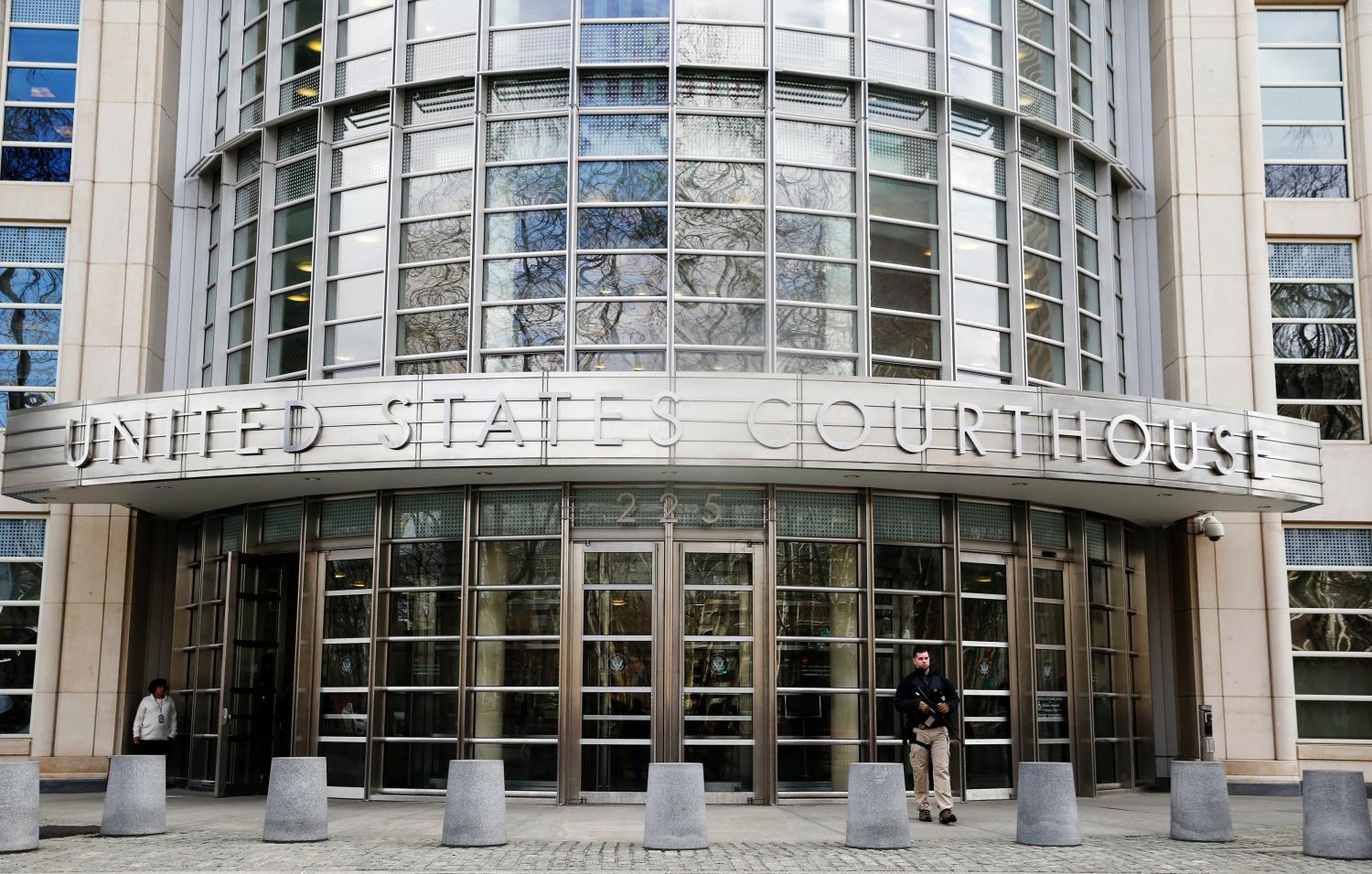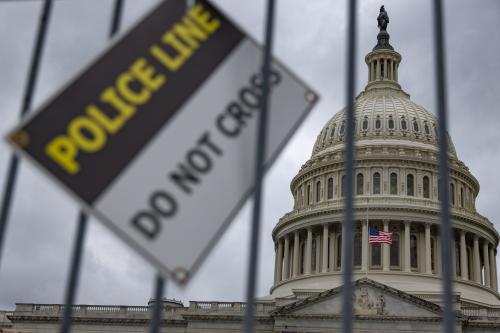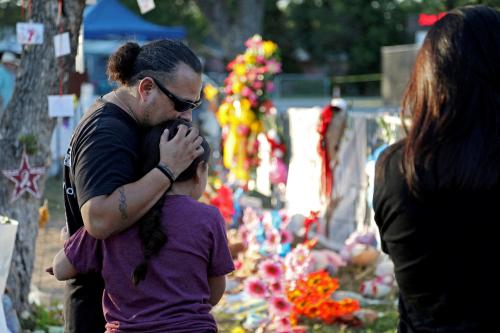The following is part of the Series on Counterterrorism and American Statutory Law, a joint project of the Brookings Institution, the Georgetown University Law Center, and the Hoover Institution
Introduction
The federal government relied heavily on immigration laws in its immediate response to the September 11 terrorist attacks, which were carried out by aliens who were present in the United States on short-term visas. Hundreds of foreigners, swiftly deemed of “special interest,” were taken into custody on immigration charges, often of the most routine variety. Their removal proceedings were closed to the public under a blanket order issued by the Attorney General. Many noncitizens were subjected to exceedingly strict application of the inadmissibility and deportability grounds of the immigration statute, as well as a hardening of the criteria for release pending their hearings. Even those who conceded deportability and could have been sent readily to their countries of nationality often found themselves lingering in a kind of preventive detention, because they were forced to remain incarcerated on the basis of the removal order, frequently for months, pending FBI release clearance. Months later, thousands of other persons already in the United States were called in for special immigration status review, close questioning, and fingerprinting if they came from a specified list of predominantly Arab or Muslim countries, under a system called the National Security Entry-Exit Registration System (NSEERS). A significant percentage of them were detained and processed for removal. Admission procedures for all future travelers were tightened, including expanded requirements for consular interviews and for often time-consuming checks against disparate databases.
The immigration laws were pressed into service because they were available and flexible, affording discretion that could be directed toward targets deemed immediate and urgent. These advantages quickly commended themselves to the key executive branch decision-makers. The disadvantages of this approach, however, became widely apparent only over time. Many of these steps, both in isolation and particularly in cumulative effect, hampered useful trade and travel, impaired scientific and scholarly exchange, imposed competitive disadvantages on many American businesses, and clouded a traditional American stance of openness and welcome that has been valuable to diplomacy, business and the successful integration of immigrant populations.
The immigration laws remain available and flexible and still afford discretion that will likely attract the eye of any administration responding to a future terrorist crisis. It is, therefore, worth thinking now about the optimal arrangement of the immigration laws for the purposes of balancing counterterrorism against other interests the law of America’s borders must serve. In the years that followed September 11, the Departments of State and Homeland Security have worked to repair some of the damage caused by the initial deployment of immigration authorities, but American law needs more work to optimize a vital balance—one that gives adequate space to American values and economic interests while still holding fast to important security gains.
Some improvements can come simply through wiser use of the discretion bestowed by the immigration laws. But much improvement could be won through an improved legal architecture, some of it worked by statute, with other pieces probably better accomplished by administrative regulations.
In this paper, I suggest the following specific legal changes:
First, though the general effort to “push out the borders” by accomplishing more screening overseas before travelers arrive in the United States has been valuable, Congress should change the laws to authorize flexibility and a more selective, risk-based approach to extensive screening. In particular, it should rescind the requirement that no visa can be issued without a face-to-face consular interview.
Second, capturing biometric information on arriving and departing foreigners is highly valuable, but Congress should rescind the unrealistically costly mandate for fingerprinting all departing noncitizens at land borders. It should, however, look for ways to strengthen the statutory authority for including all relevant criminal information, including that held by the FBI, in the Automated Biometric Identification System (IDENT) database that is the key to biometric checks in the immigration arena.
Third, the alien registration law provides a powerful tool that can be quickly deployed in a crisis, and to this end Congress probably needs to retain a flexible statutory authority. The negative lessons of the alien registration program initiated after September 11, however, should greatly constrain future imposition of such a requirement on resident populations.
Fourth, the terrorism grounds of inadmissibility and deportability are written with remarkable breadth. Congress should either narrow them, particularly as applied to refugees, asylum seekers, and deportation cases, or it should strengthen and streamline waiver procedures and make available adequate resources for prompt waiver decisions.
Fifth, immigration detention should be used only for its classic functions, to guard against flight risk and to restrain dangerous individuals pending their removal hearings, and then only as needed to secure removal. Decisions to detain should be subject to safeguards assuring reasonable and timely review. Both before and after the issuance of a removal order, immigration authority should not be used as a de facto preventive detention power.
Finally, Congress should improve the mechanisms for use of classified evidence in immigration proceedings, ensuring that they can be relied on in a limited class of appropriate cases. But Congress should also strengthen the safeguards available to some classes of individuals subjected to such procedures.
The Brookings Institution is committed to quality, independence, and impact.
We are supported by a diverse array of funders. In line with our values and policies, each Brookings publication represents the sole views of its author(s).



